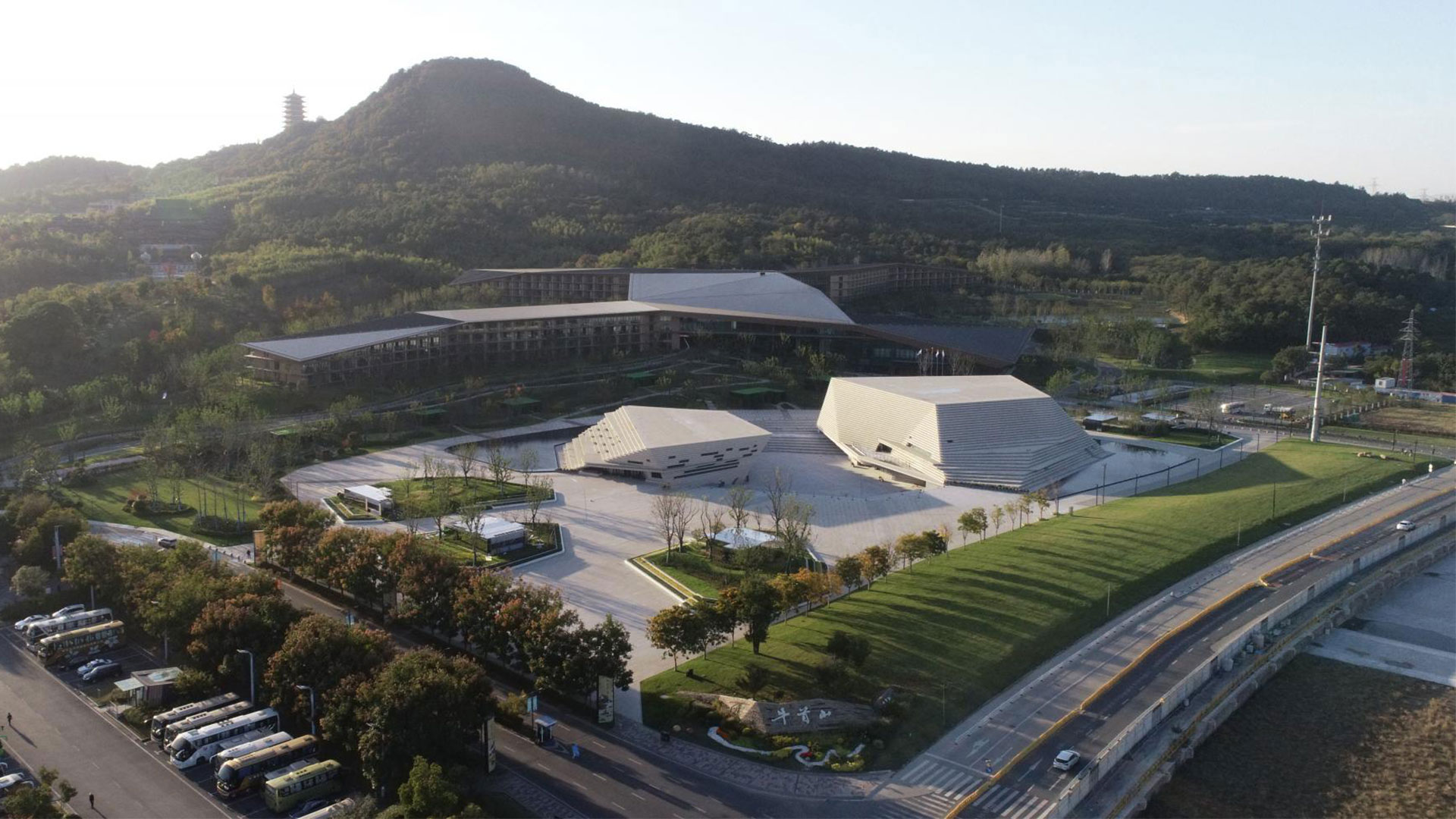Interview with Yu Gao | The Architectural Designer with 30 Years of Experience from Nanjing Hongya Construction

Interview with Cheng-Hua Li | An Interior Designer for Laman Interior Design INC. with Years of Design Experience
July 4, 2024
Interview with Augustina(Ao) Liu | An Award-Winning UX/Product Designer from the United States
July 4, 2024Yu Gao
Yu Gao is an experienced architectural designer with over 30 years of experience throughout his career, having completed achievements many wished for. Having presided over and completed nearly 5 million square meters of construction projects, he has what it takes to gain global fame.
The first step that took me into the field of design was when I was doing it for my livelihood. However, throughout the process of learning and practicing, I found that I have a certain degree of creativity and a high degree of organization and coordination ability, which provided a sufficient foundation and guarantee for me to complete the corresponding tasks entrusted to me.
With the completion of various design projects, I gained recognition from project owners and the public. Hence, I was able to accumulate enough self-confidence and provide effective management for the implementation of the next project.
I have previously managed over JIANGSU province architectural garden design institute and the NANJING branch of the GUANGZHOU southern architectural design and Research Institute. Currently, I am the President of the Design Institute of NANJING HONGYA Construction Group co, Ltd. Our business covers architectural design, landscape design, urban planning, interior design, and other aspects of design.
From rural environmental improvement to the single design of street police stations to the largest supermarket store in East China to the 600th Hilton Hotel in Hilton Greater China, we can provide effective services to meet the various needs of owners.
The project is located at the eastern foot of Niushou Mountain Scenic Area, which is an important exhibition area at the entrance of the scenic area. Therefore, in coordination with the development of the scenic area and the overall planning of the surrounding area, how to organize the traffic, parking, and people flow at the east entrance and the surrounding area is a difficult point.
Niushou Mountain is a place of worship for the Buddha's parietal bone relic of Buddhism, it is also difficult to build the project into a cultural and creative format with Niushou Mountain cultural characteristics. In addition, how to protect and sort out the complex mountain terrain in the site, how to connect and transition the land use function with the surrounding protected areas, and how to create a public environment that can meet the needs of buildings with different functions under the premise of rated funds are even more difficult for designers to think, communicate, coordinate and balance.
Winning Entry
PURDUE | MUSE Design Awards
Nanjing Niushoushan is the place of worship of the Buddha Shakyamuni's Buddha parietal bone relics, and it is a Buddhist place to accept the worship of believers. The project... (read more here.)
Yu Gao
Yu Gao is an experienced architectural designer with over 30 years of experience throughout his career, having completed achievements many wished for. Having presided over and completed nearly 5 million square meters of construction projects, he has what it takes to gain global fame.
Read more about the interview with Cheng-Hua Li | An Interior Designer for Laman Interior Design INC. with Years of Design Experience here.


